Pennsylvania is home to four of the United States’ 30 national memorials. I’ve previously visited the Flight 93 Memorial in Somerset County, the Benjamin Franklin National Memorial, and the Thaddeus Kosciuszko National Memorial, both in Philadelphia. However, until recently, I hadn’t visited the site of one of the worst natural disasters in United States history, the Johnstown Flood National Memorial in Cambria County.
The Johnstown Flood National Memorial tells the story of the devastating Johnstown Flood of May 31, 1889. This flood, which was created by the breaking of the South Fork Dam 14 miles upstream along the Little Conemaugh River, resulted in the near destruction of Johnstown, and the deaths of approximately 2,200 people.
The victims of this disaster are memorialized at the Johnstown Flood National Memorial, which occupies the land that once belonged to the South Fork Fishing and Hunting Club. This club’s membership ranks included some of the most illustrious men of the time, including Andrew Carnegie, Henry Clay Frick, and future Attorney General and Secretary of State, Philander C. Knox.
The club had taken over an old reservoir that once supplied water to the canals of the Pennsylvania Main Line. The dam had already failed once, without any loss of life, before it was purchased to create a lake for the club.
When it came time for the club to repair the dam, they failed to consult any engineers and created a dam that was a ticking time bomb for the citizens of the valley below. Somewhat miraculously, the dam held for roughly six years before finally breaking in May 1889.
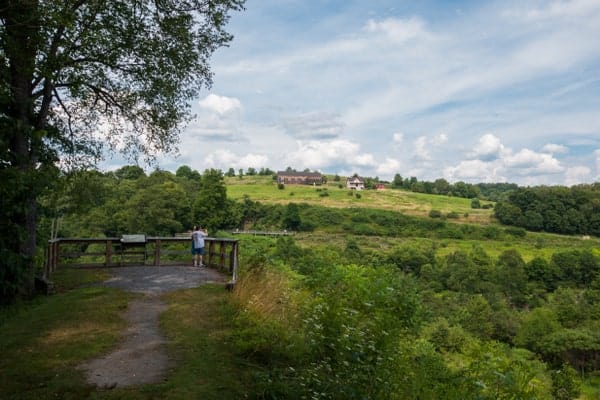
When the dam broke, 20 million tons of water tore through the valley, obliterating every town that it passed through, causing roughly $17 million in damage (approximately $500 million today) and resulting in at least 2,200 deaths. Those who died ranged from young babies to the elderly and over 750 were never identified. Those who were never identified were buried in the Unknown Plot at Grandview Cemetery in Johnstown.
Today, the Johnstown Flood National Memorial tells the story of those that died and were affected by the flood, while also preserving the buildings that once belonged to the South Fork Hunting and Fishing Club.
The memorial is run by the National Park Service and is located in a modern building just above the remains of the South Fork Dam. The visitor center features a small museum, gift shop, and theater that shows a 30-minute film about the flood every hour.
To be honest, the film is a bit hokey in places but does a great job overall in recreating what the flood was like and telling the story of what happened. Likewise, the museum, while small, offers a nice bit of information about the flood and you can even hear a survivor’s story during your visit.
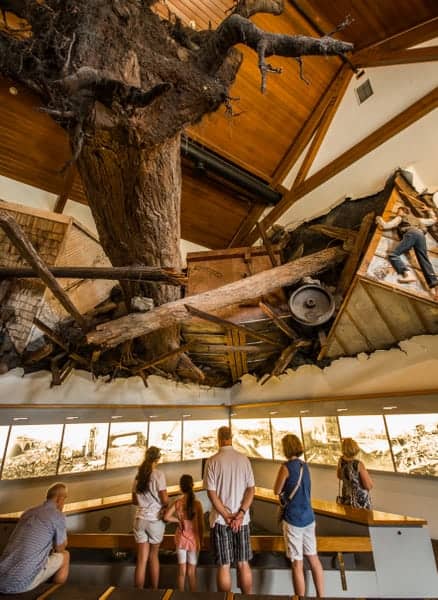
In my opinion, the highlight of the Johnstown Flood National Memorial is the structures that still stand from the days of the South Fork Hunting and Fishing Club. When the dam broke in 1889, it was never rebuilt, resulting in the lake bed quickly becoming overgrown in parts and the small community of Saint Michael, Pennsylvania, occupying the rest of the former lake bed.
Visitors are welcome to drive around the area and look at the overgrown remains of the South Fork Dam, the summer homes that were once used by members of the club, and the South Fork Hunting and Fishing Clubhouse. However, if you can, visit during the summer and take a guided tour with a park ranger.
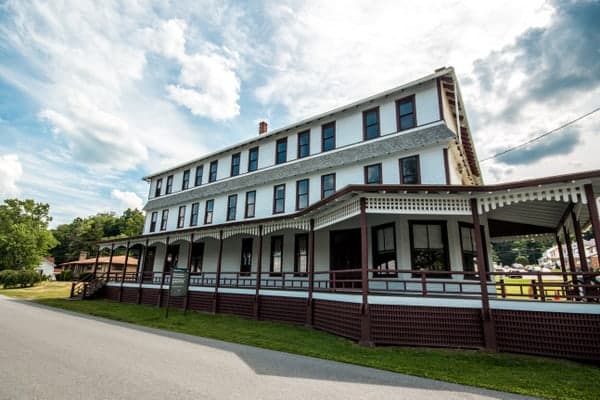
These 1-hour bus tours take visitors to these same sites, but with a park ranger offering history and insight into the importance of the locations. Visitors can even get out and explore the interior of the South Fork Hunting and Fishing Clubhouse, though there is little inside to see. However, the on-site history makes the tour a great learning opportunity, and the tours are included in the cost of admission, making them a very good value.
Overall, the Johnstown Flood National Memorial offers a great overview of the events of that day in May 1889 and the lives that were lost. Those looking for an in-depth look into the events will want to make sure to visit for the ranger-led tours and to also visit the Johnstown Flood Museum in downtown Johnstown.
Looking for more spots to visit nearby? Check out the Heritage Discovery Center, the Lost Children of the Alleghenies Monument, the Johnstown Inclined Plane, and Hinckston Run Falls.
Note: My visit to the Johnstown Flood National Memorial was hosted by the site. However, the opinions expressed are my own.

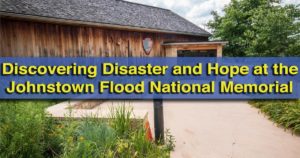
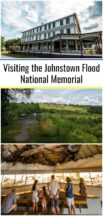
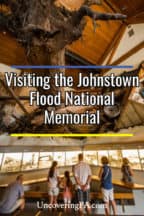
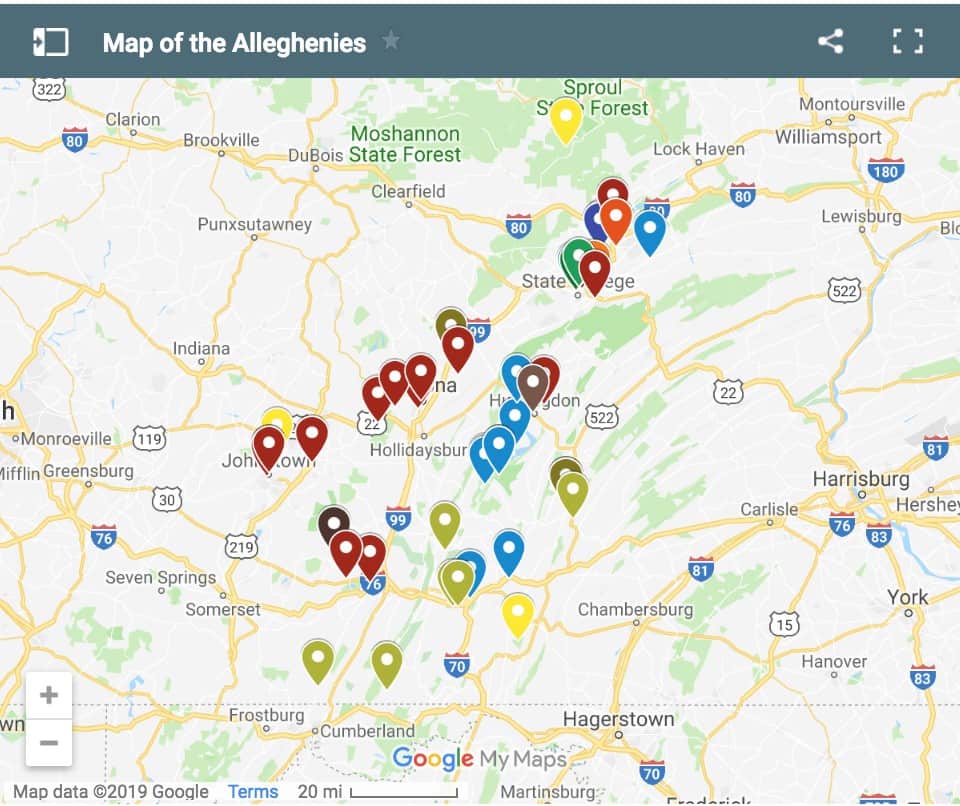 "
"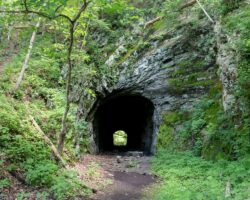
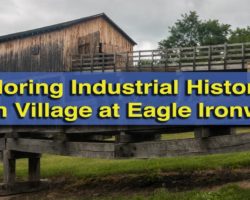
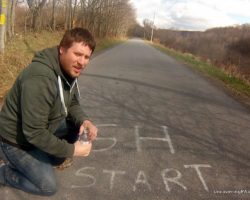
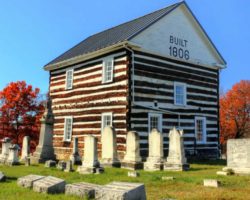

Jim,
The flood is always the first thing people mention when I say I am a former resident of Johnstown. Of course, there were 3 major floods, 1889, 1936 and 1979. But the 1889 flood was by far the worst in loss of life and damage. There are many books about the flood, but David McCullough’s 1968 book, “The Johnstown Flood” is the most detailed and best-researched.
A related site that you have visited is the Allegheny Portage Railroad, and I encourage you to visit the Staplebend Tunnel near Mineral Point which was part of the APR. Also take the ranger-led tour of the APR, which travels as closely as possible to the actual route of the railroad.
Keep up the great work!
Thanks, Bill. I do need to go back and visit the Staple Bend Tunnel. Wanted to on this visit, but just didn’t have time.
Hi- I was just there in early June 2016. Who would have guessed a museum devoted to a flood would be so interesting? I have been to the Johnstown Museum a few times, but finally getting up to this one was well worth it! I had the thrill drive of my life taking the road down to Mineral Point- WOW! Somehow- I MISSED the Tunnel! Next time, perhaps a guide…lol. I had visited the Railroad Museum in Altoona days before, and took myself up to the Hoseshoe Curve, too. I loved all of it! I will really talk it up , as I think Pennsylvania is so beautiful, there is so much to explore and I know I have a lot yet to see and do!
My parents both grew up in Johnstown, hence the love…’feels like home, and I live in beautiful Michigan!
I was Born and raised In Johnstown Pennsylvania. I am not old enough to remember the 1889 flood or the 1936 flood however, I am old enough to remember the July 19, 1977 Johnstown flood not 1979 as you stated in your comments. I could also tell you Stories of my family’s survival that night in 1977. But I won’t. I am curious of why you haven’t mentioned the Johnstown incline plane which is the “Worlds steepest the Vehicular incline plane.”. The Johnstown incline plane was built after the 1889 flood in anticipation of another flood the city would have a way to get the residents in the valley to higher ground quickly.
The Inclined Plane being built because of the flood is actually not entirely true. It was built because the city needed to expand and the hilltop overlooking the city was being developed. People needed a way to get to and from their homes to the city and the jobs there. While it was used for some rescues and relief work in later floods, that actually wasn’t the reason it was built.